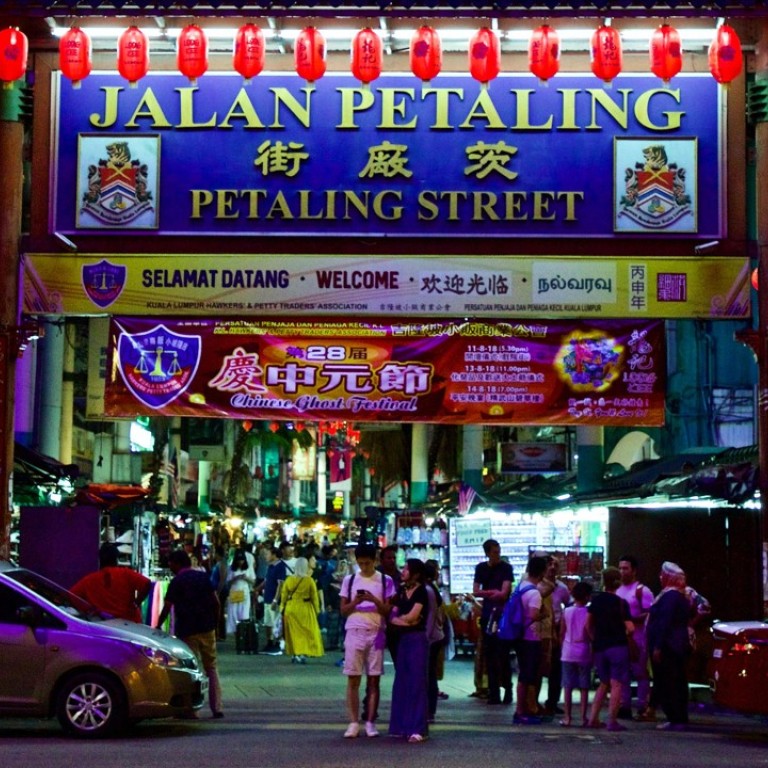
Food court by night, wet market by day: behind the scenes at a Malaysian institution
- Pasar Sentosa in Petaling Jaya doubles as a produce market and a cooked-food venue. Families have bought and sold goods and dishes there all their lives
- Open for 42 years, it recently moved to a new venue near an upmarket high-rise
Before supermarkets were introduced in Malaysia in the early 1960s, the wet market was the nucleus of every village and town.
In Section 17 of Petaling Jaya, a Malaysian city developed as a satellite township for the capital, Kuala Lumpur, the community revolves around a 42-year-old market: a wet market by day and food court at night.
A ritual from another time: fishing with cormorants in Japan
The two shifts are led by strong committees determinedly looking out for the well-being of vendors and of customers.
Pasar Sentosa, as it is known, moved into a new home in August. After much controversy over the reallocation of space – the new development initially displaced the traders – and then heated negotiations, the wet market and food court committees managed to secure the coveted open-air space outside the premises of Seventeen Residences, a gleaming new mixed-development high-rise.
Vendors sell freshly fried yau char kwai (Chinese doughnut) and chee cheong fun (rice noodle rolls), cheap clothes and rows of old-fashioned biscuits in tins. Glistening green vegetables with sandy roots and fastidiously filleted fresh fish are piled on aisles. Chicken, fruit, dried herbs, spices, flowers, poultry and pork – everything is here.
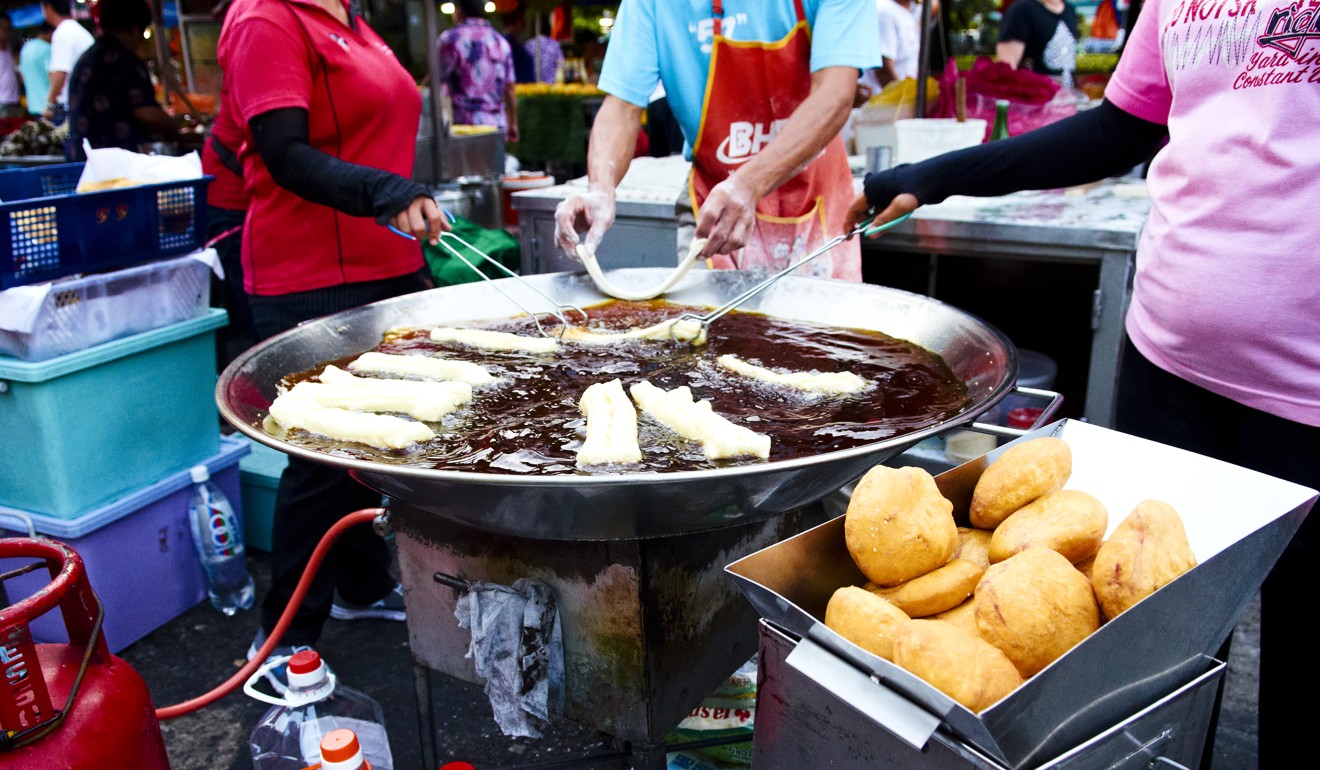
Every day except Monday, vendors and customers buy and sell, and indulge in stories, gossip and recipes. The vendors are proud of their heritage and hard work, as the next generation of family members chips in to continue. They look out for one another and take pride in their customers, who first turn into friends, then family.
“The really close ones even bring us food they’ve cooked at home to try,” says Jeff Low Chun Foo, 35, chairman of the morning committee for the past 10 years. He and his young family help his mother run her vegetable stall.
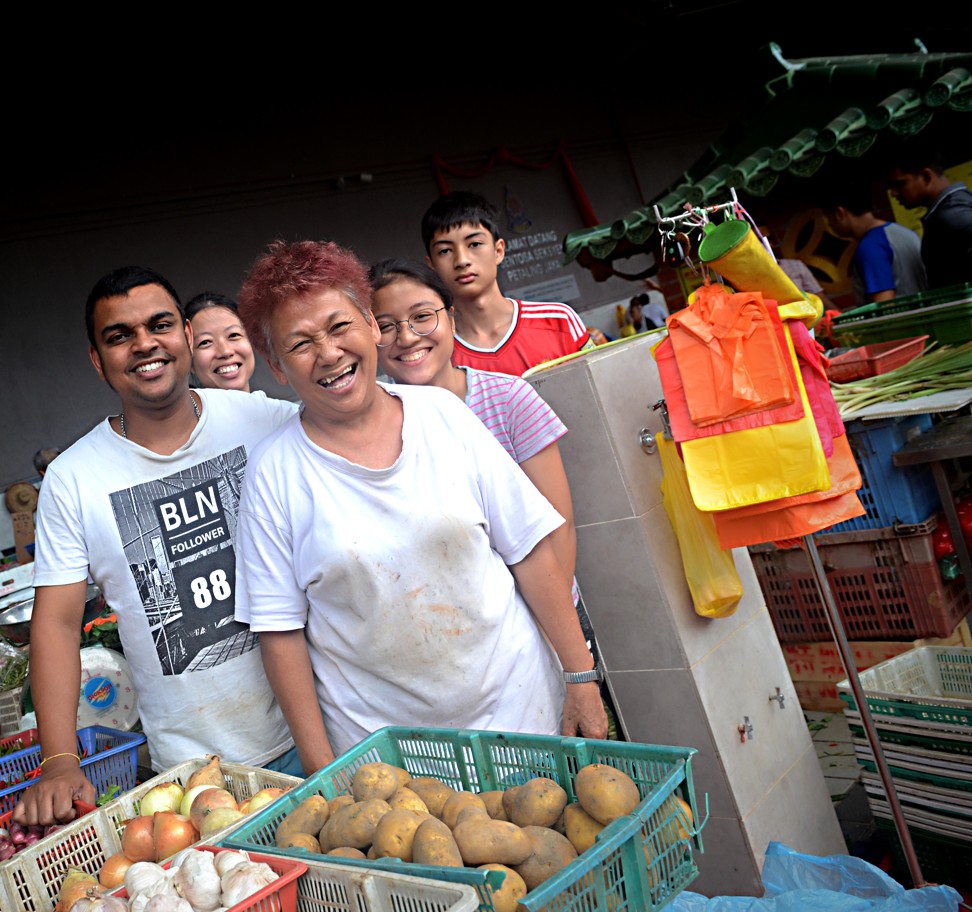
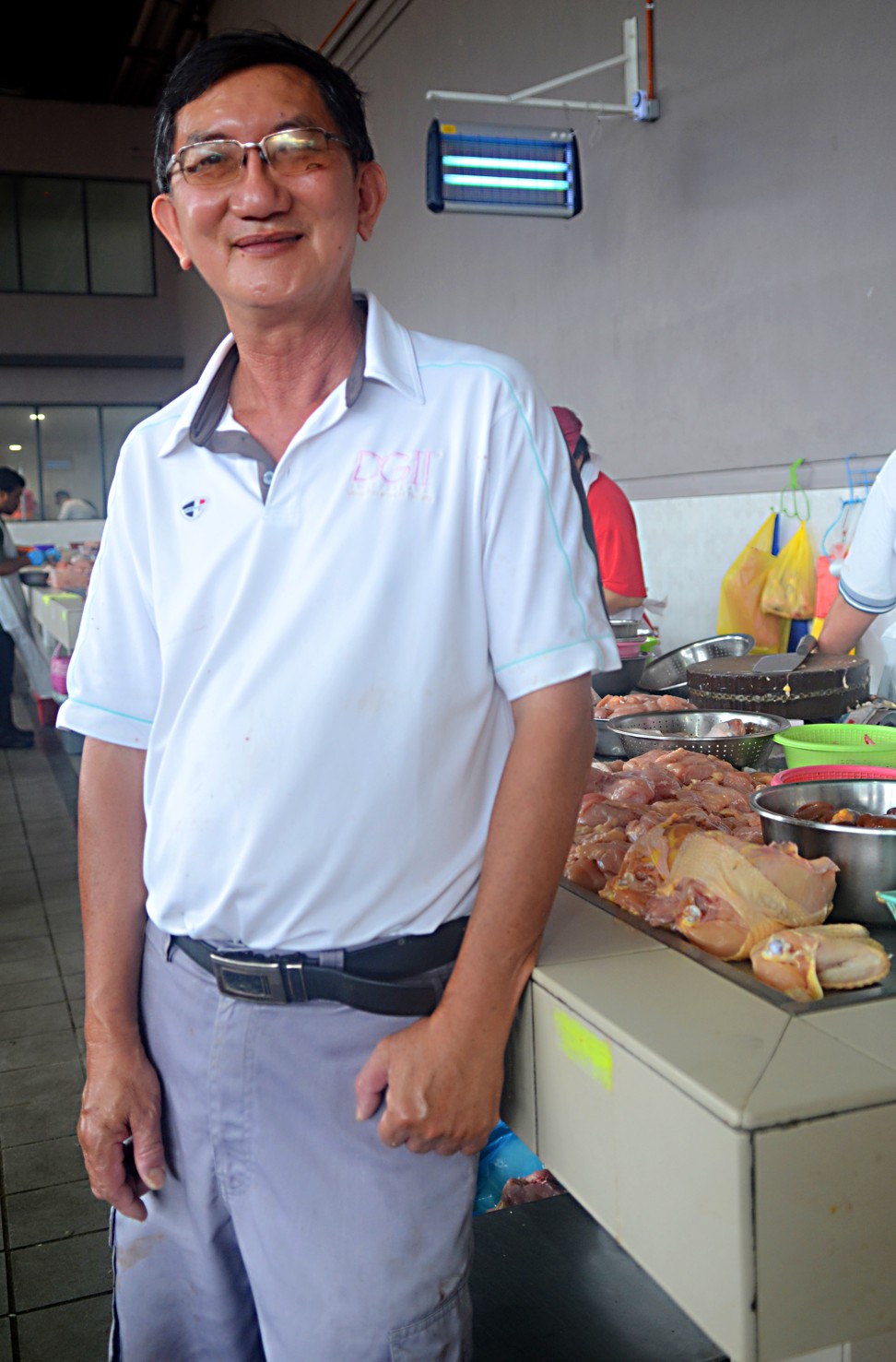
It is teamwork that makes this market work, says Low, who has just returned from a study tour with the local council to Sibu, Sarawak, where he learned how Sibuans manage 1,174 stalls in Malaysia’s largest wet market. His biggest challenge is illegal stalls, but he tries to solve the problem without involving the authorities.
“With their lower prices, the illegal stallholders pose a threat to the licenced vendors, without any responsibility, even to the customers,” he says.
Low hopes to attract more customers to their market by commissioning a mural, and by making it the longest painting in a Malaysian market. Most of the traders are happy with the new space. Low notes a 25 to 30 per cent increase in business after moving to this new space, and hopes to leave a legacy of doing good for his people.
“Before, it was dirty, smelly, and when it rained, customers had to hurry between one umbrella and another,” remembers 60-something Tan Yew Leong, who has been selling poultry for the past 35 years. He sells more than 100 chickens a day on weekends and expects his business to improve once parking issues are resolved. Once the building is open, the market’s customers will be allowed to park in there.
Over the years he has watched his customers evolve, with the second generation now coming to his stall with their young families. Those who were previously students nearby have also returned as working adults. “This market is like a community. We stay together,” says Leong.

Customer Edyth Ban, 42, finds the seafood and poultry is not only fresher and cheaper here, but there is more choice. Some of the vegetables here are varieties that she has never seen before. “The traders tell me their cousin grows them at home, and then teach me how to cook them.”
Trader Suresh Periannan, previously a restaurant cook for three years, is generous with his recipes and teaches his mainly Chinese customers how to cook using Indian spices and dried goods. He has been at the market with his father and grandfather since he was 10.
The 43-year-old, who now has his aunt helping him, says the wet market offers fresher produce and better options than supermarkets. “I’m very particular about my suppliers to ensure that my products are good enough for my customers.” He has tried introducing new products such as trendier imported spice mixes to entice more customers. “But not everyone is adventurous in their kitchen,” he says.
Hanoi’s dangerous selfie hotspot draws crowds to active railway
By 11am, the crowd thins and vendors pack up. Within minutes, leftover produce is stowed, carts are filled and the area cleaned. There is enough time for the next shift to move in.
Soon the next set of families, children and helpers arrives. As in most Malaysian hawker food courts, the regulars favour Malay, Indian and Chinese staples.
Sunny Choo, 34, who has been running her chicken and char siu rice stall for the past 16 years, has a customer who has eaten at her stall every night for the past 10 years, except on his days off. She now offers him a discount.
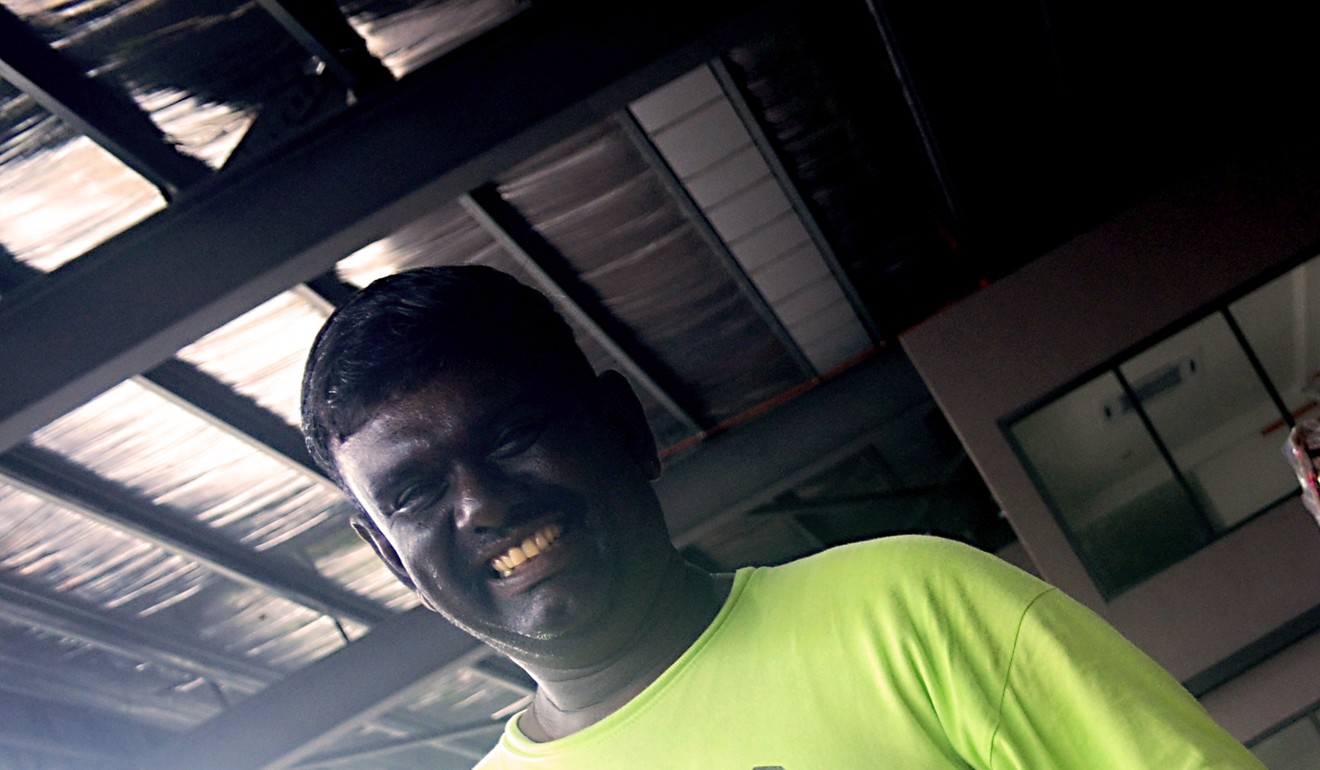
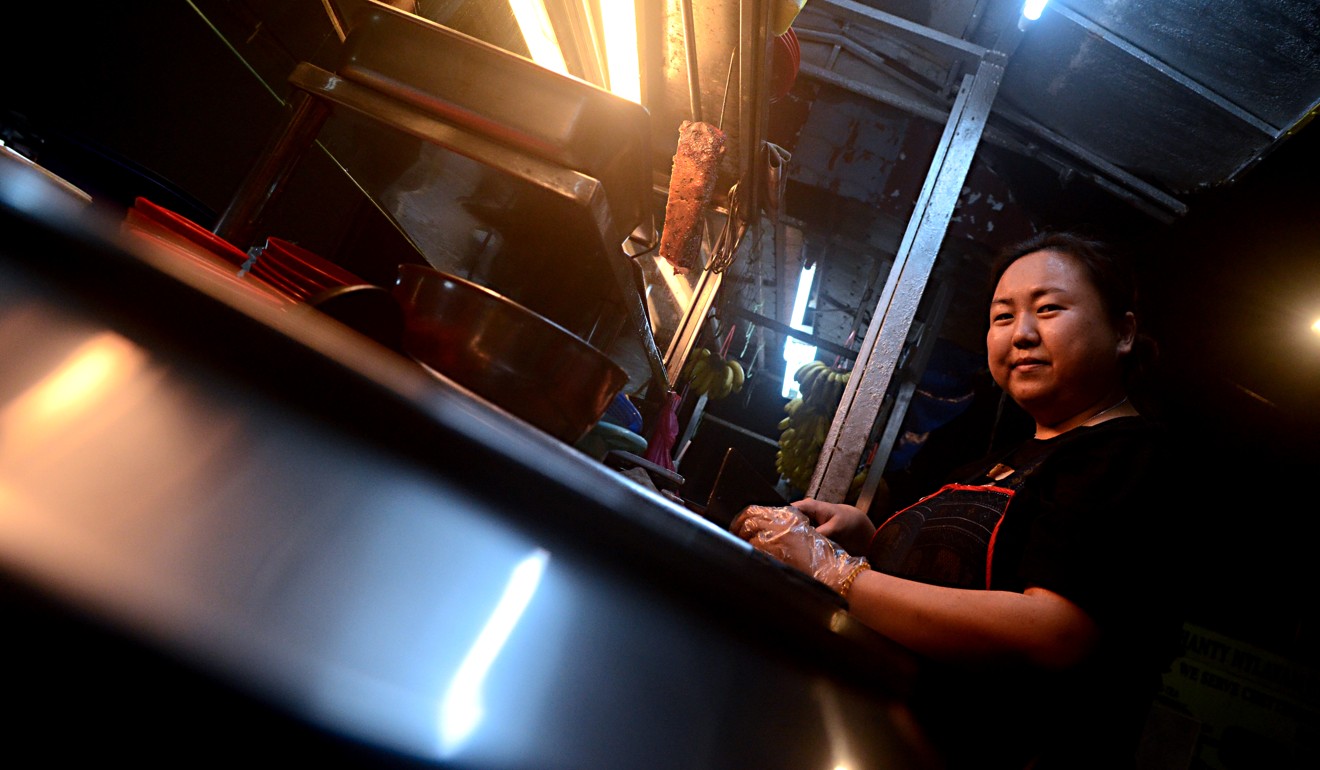
Her pork belly char siu is roasted over coals. She prefers to marinade her meat in malt instead of white sugar. She sells about 100 plates every evening, Choo says business has improved, with a good night bringing in up to 800 ringgit (US$190).
That’s maybe why she hasn’t pursued her passion as a rapper – she has a penchant for freestyle rap, including hip hop and soulful jazz, and raps with controversial performer Namewee.
Across from her stall stand gleaming steel urns, filled with herbal teas. The owner’s son Ngui Kok Chong, 25, recently quit his job as a sales executive and intends to continue the business.

Each evening they sell more than 300 glasses of customised herbal and chrysanthemum teas, as well as mata kucing drinks and herbal jellies. The bitter herbal tea comes with a pungent herbal powder.
“I have some new ideas but, if people prefer the old authentic ways, there’s no need to change.”
Young couple Kor Beng Keong, 25, and Tan Woan Pey, 24, who live nearby, visit the food court twice a month. They try random dishes, but mostly like the curry mee and Chinese desserts. Kor points out a tong sui (sweet soup) stall that has recently become even more popular after a Facebook post.

Hong Kee’s tong sui stall is surrounded by indecisive customers. On any day at least 13 varieties of cold and simmering hot sweet desserts tempt passers-by.
Kong Kum Lin, 61, has been selling old-style desserts for 40 years. “You cannot get these anywhere else and people do not know how to make them at home any more,” she says, pointing to the bubur cha cha (coconut-based dessert) and sweet potato, red bean, dragon fruit and peanut soups. Her customers are encouraged to mix and match their desserts, choose ingredients and fill their own bowls.
Sixty-year-old Elsie Khor is having a late evening out with her husband and friends at the popular Woo Mei Seafood Restaurant, not far from the market. The proprietor called her earlier, inviting her to come try the snakehead murrel fish they had caught.

A regular at the wet market since 1985, she appreciates the traders’ honesty, and pays for what she wants without bargaining. On occasion, she brings fresh chicken or fish to the restaurant to be cooked in her favourite styles.
At a nearby table the senior herbal tea master and his wife have their pre-ordered late-night dinner, an everyday occurrence. He plays host at his table to the area’s handyman and the restaurant owner who’d already had his nap in his car earlier.
It’s past midnight. Over at the market the pork sellers are in place, chopping, slicing and dicing. In a matter of hours, before sunrise, their comrades will arrive.
Getting there
Air Asia, Malindo Air and Malaysian Airlines fly between Hong Kong and Kuala Lumpur International Airport. The airport is 66km from the Section 17 market by road.

